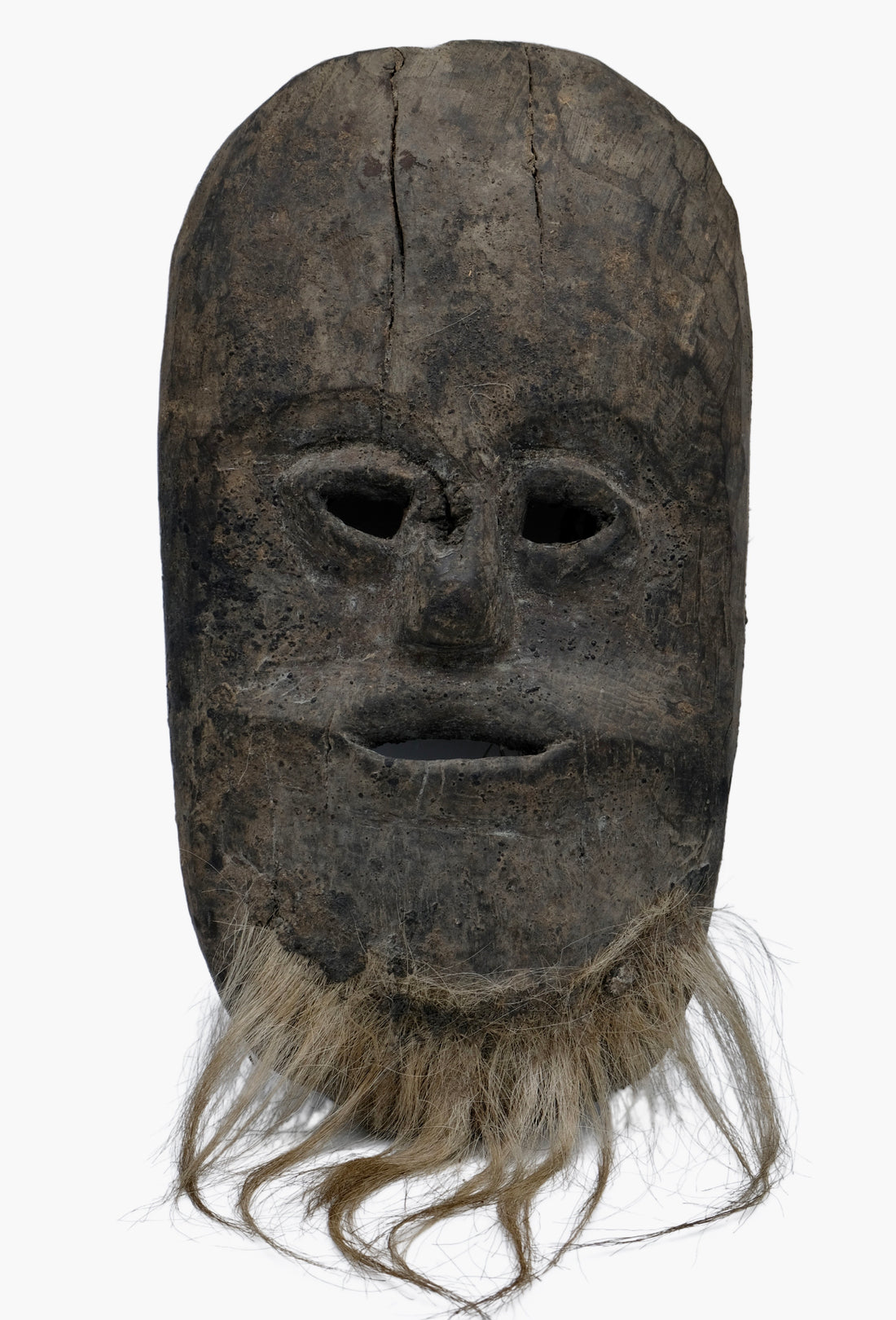
Himalayan Masks: Tradition and Symbolism
Share
Masks have been an integral part of Himalayan culture for centuries. They are used in a variety of contexts, from religious ceremonies and festivals to theatrical performances and everyday life. Himalayan masks are known for their intricate designs and the rich symbolism they embody. In this article, we will explore the tradition and symbolism of Himalayan masks.
History of Himalayan Masks
Masks have been used in the Himalayas for centuries. They have played an important role in religious and cultural practices, as well as in everyday life. Masks were used in shamanic rituals, as well as in festivals and celebrations. They were often used to depict gods and spirits, and were believed to have the power to communicate with these beings.
Over time, the art of mask-making in the Himalayas evolved, and different regions developed their own unique styles and techniques. Today, Himalayan masks are still used in many traditional practices, and are also popular among collectors and art enthusiasts.
Symbolism of Himalayan Masks
Himalayan masks are known for their rich symbolism. They are often used to represent gods, spirits, and animals, and are believed to have the power to communicate with these beings. Each mask has its own unique symbolism, which varies depending on the region and the culture in which it was created.
One common theme in Himalayan masks is the representation of deities. Many masks depict gods and goddesses from the Hindu and Buddhist pantheons, such as Shiva, Kali, and Tara. These masks are often used in religious ceremonies, and are believed to embody the power and presence of the deity they represent.
Another common theme in Himalayan masks is the representation of animals. Animals such as tigers, bears, and deer are often depicted in masks, and are believed to represent different aspects of nature and the human experience. For example, the tiger is often seen as a symbol of power and strength, while the deer represents gentleness and grace.
The colors used in Himalayan masks also have symbolic meaning. Red, for example, is often associated with power and passion, while blue represents wisdom and knowledge. Gold is often used to represent the divine, and black represents the unknown.
Uses of Himalayan Masks
Himalayan masks are used in a variety of contexts, from religious ceremonies and festivals to theatrical performances and everyday life. In religious ceremonies, masks are often used to represent deities and spirits, and are believed to have the power to communicate with these beings.
In festivals and celebrations, masks are often used in performances and parades. They may be used to tell stories or to represent different aspects of the natural world. Masks are also used in theatrical performances, both traditional and modern.
In everyday life, masks are often used for protection and decoration. They may be worn to protect the wearer from evil spirits or to ward off illness. Masks are also used to decorate homes and public spaces, and are often seen as a symbol of cultural identity and tradition.
Himalayan masks are an important part of Himalayan culture, with a rich history and symbolism. They are used in a variety of contexts, from religious ceremonies and festivals to theatrical performances and everyday life. Each mask has its own unique symbolism, which varies depending on the region and the culture in which it was created. Whether used for protection, decoration, or communication with the divine, Himalayan masks continue to play an important role in Himalayan culture today.
